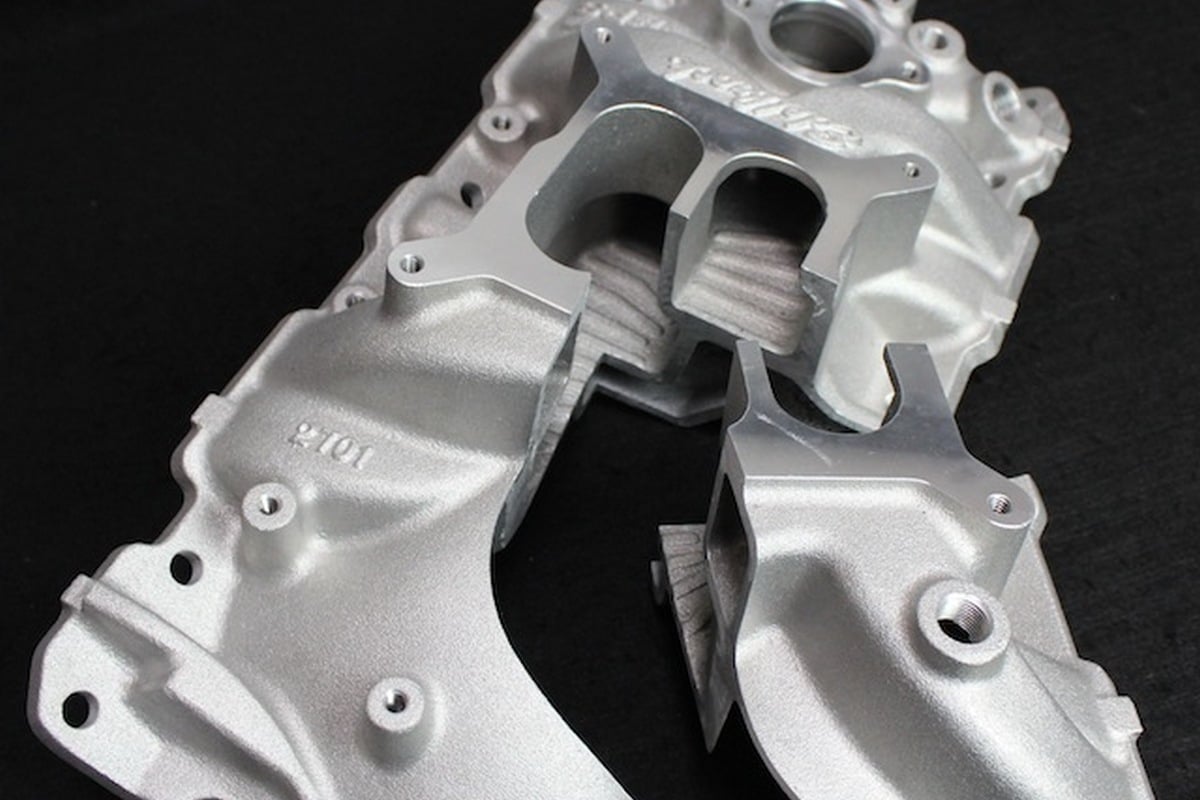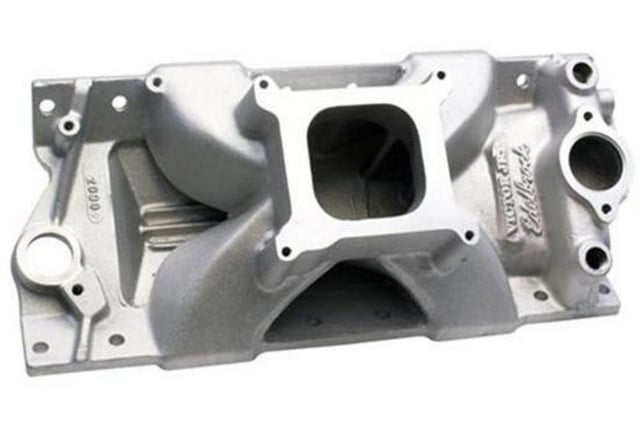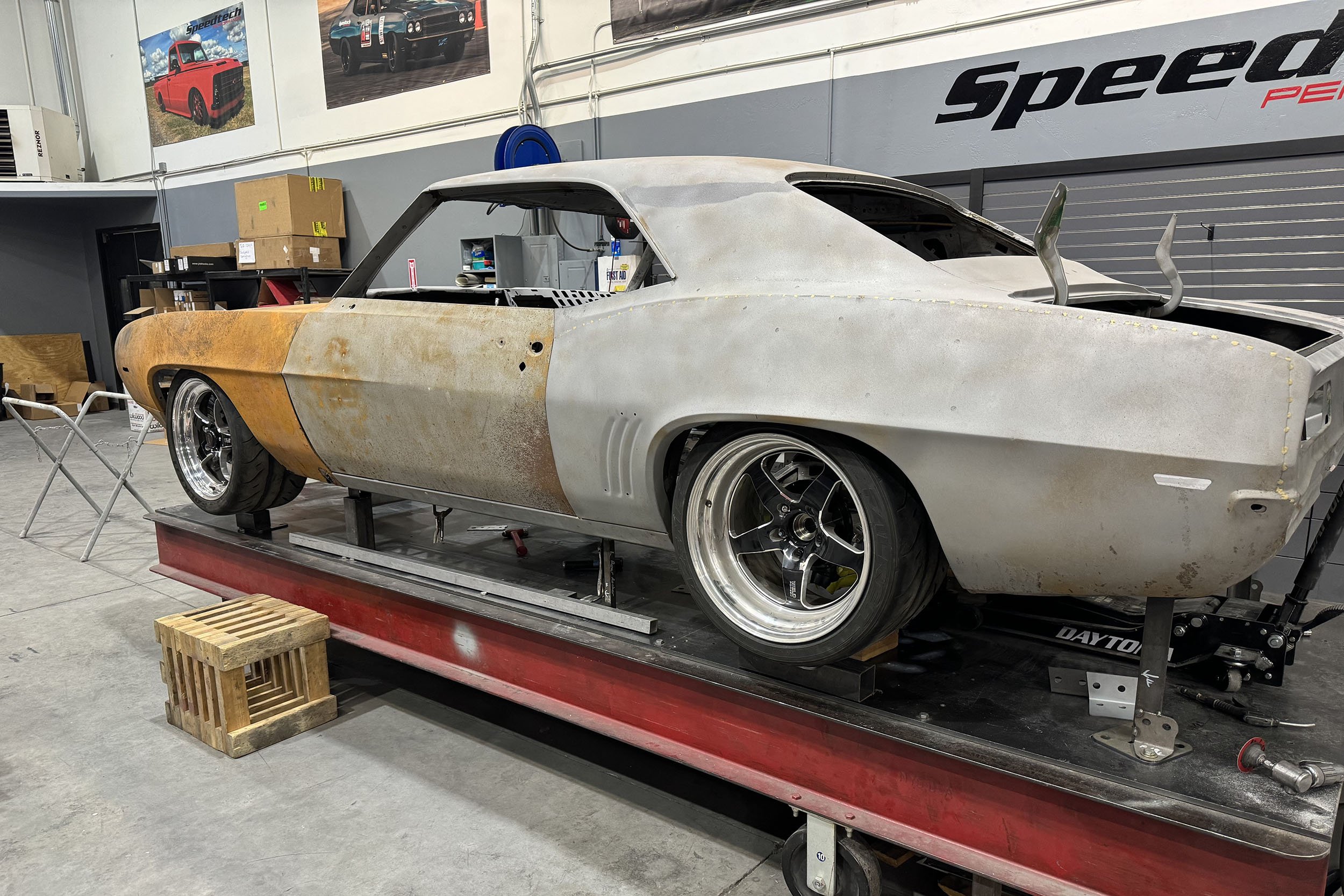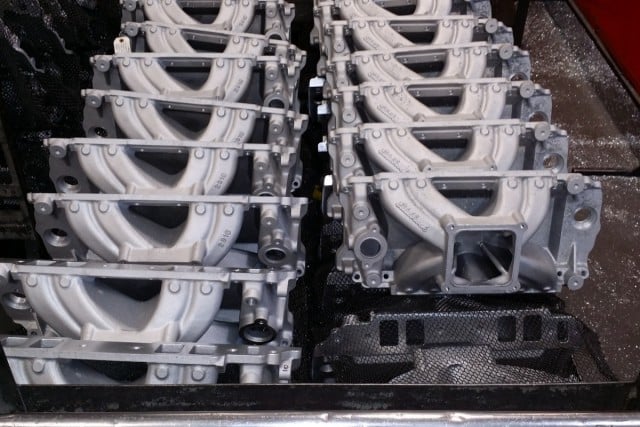 One of the first upgrades that many enthusiasts make to their engine, is to add a performance intake and carburetor. But, that upgrade usually creates a very valid question, “do I need a dual plane or single-plane intake”? It is highly publicized that a single-plane intake is for racing, and a dual-plane intake is for street use. But why is that? A dual-plane intake manifold has two separate plenums that each feed only four cylinders, while a single-plane intake manifold has a single, open plenum that feeds all eight cylinders.
One of the first upgrades that many enthusiasts make to their engine, is to add a performance intake and carburetor. But, that upgrade usually creates a very valid question, “do I need a dual plane or single-plane intake”? It is highly publicized that a single-plane intake is for racing, and a dual-plane intake is for street use. But why is that? A dual-plane intake manifold has two separate plenums that each feed only four cylinders, while a single-plane intake manifold has a single, open plenum that feeds all eight cylinders.
Within a V8 engine, the induction cycle (the drawing in of the air and fuel) of each cylinder is long enough, that its combustion process will inevitably overlap the next cylinder’s charge that occurs in the firing order. When using a single-plane intake, all cylinders are able to pull fuel and air from the same plenum. Since the plenum is open, this air and fuel mixture is continuously changing direction within the plenum as each cylinder’s demand for that air and fuel occurs.
Dual-plane intake manifolds (left), typically have longer intake runners, making them ideal for low and mid-range power (idle – 5,500 rpm). The open-plenum design of a single plane (right), is more suited to upper rpm power production. The smaller plenum found in a dual-plane intake, favors power production at a lower rpm range.
This is because when the demand for air and fuel is initiated from the next cylinder in the firing order, the draw on the mixture “moves” that air and fuel mixture towards that cylinder, creating “back-pressure” signal. These back-pressure pulses invade the plenum, and create turbulence. This turbulence is called reversion, and will have an adverse effect on the carburetor’s fuel metering. It will typically be a slight effect, but nonetheless, it happens. While reversion is typically a bad thing, this turbulence can actually help keep the fuel molecules suspended in the tumbling air as it enters the combustion chamber. This is great at high rpm, but, this overlap and reversion can cause problems at part throttle, especially if the engine has a camshaft that is larger than stock. When using a larger than stock camshaft, when another cylinder in the overlap phase opens and is pulling air from the common plenum, this can actually result in exhaust gasses being able to enter the other cylinder. This results in an engine that ends up with a polluted air/fuel intake charge, and creates an engine that can run “rough” when at low rpm.
A dual-plane intake actually separates the manifold’s plenum into two sections. With a dual-plane intake, each plenum and four intake runners are connected to every other cylinder in relationship to the engine’s firing order. Because of this, each side of the manifold is only subjected to pulses from every other cylinder in the firing order. This eliminates the previously mentioned back-pressure pulses that invade the plenum, and create reversion. So, while a single-plane manifold has overlapping pulses every 90-degrees of crankshaft rotation, the dual-plane manifold only sees an induction pulse every 180 degrees of crankshaft rotation.
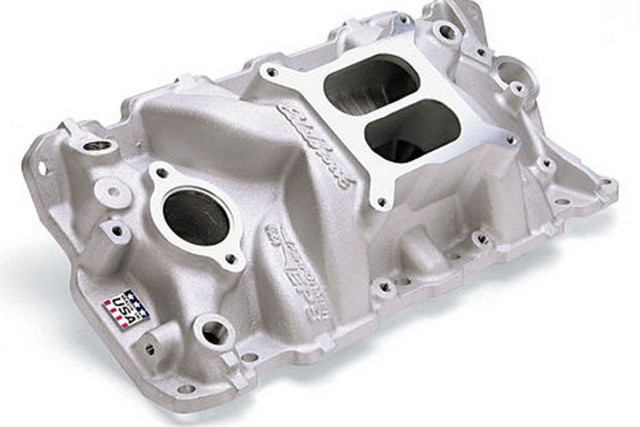 So which intake is right for your engine? That depends, before you can answer that question, you will need to consider things like the engine’s operating rpm-range, and the rest of the engine build parameters. To change the intake manifold of an existing engine combination, and have the swap actually improve the engine’s performance, you need to be honest about your engine’s intended usage. All intakes have an rpm range where they are most efficient. While these might be suggestions to some people, these “suggestions” are valid, and proven with hundreds of hours of testing.
So which intake is right for your engine? That depends, before you can answer that question, you will need to consider things like the engine’s operating rpm-range, and the rest of the engine build parameters. To change the intake manifold of an existing engine combination, and have the swap actually improve the engine’s performance, you need to be honest about your engine’s intended usage. All intakes have an rpm range where they are most efficient. While these might be suggestions to some people, these “suggestions” are valid, and proven with hundreds of hours of testing.
To keep it basic, most street cars work best with a dual-plane intake, because most of them operate within the range of idle to 5,500 rpm. Since a racecar spends most of its time in the 6,000 rpm and higher range, it requires an intake that has an rpm range that reflects that situation (i.e. 3,500 – 8,000 rpm), this is where a single-plane intake comes into play.
There are also other factors to keep in mind when upgrading a street car. Hood clearance is a major consideration. If you install the intake, and then the hood will not close, you either remove the hood, or cut it. Cylinder head port design needs to be accounted for. Take for instance the big block Chevy head. They are available with multiple port designs; rectangular, oval, and peanut-style. Always make sure the intake runner ports match up with the intake ports on your cylinder heads. You need to make sure your new intake manifold and your carburetor choice will be compatible. Four-barrel carburetors are available with three basic mounting pads; square bore, spread bore, and Dominator style. If you already have a carburetor, check to see what type of base it has, and then make sure the intake you purchase matches up with it.



